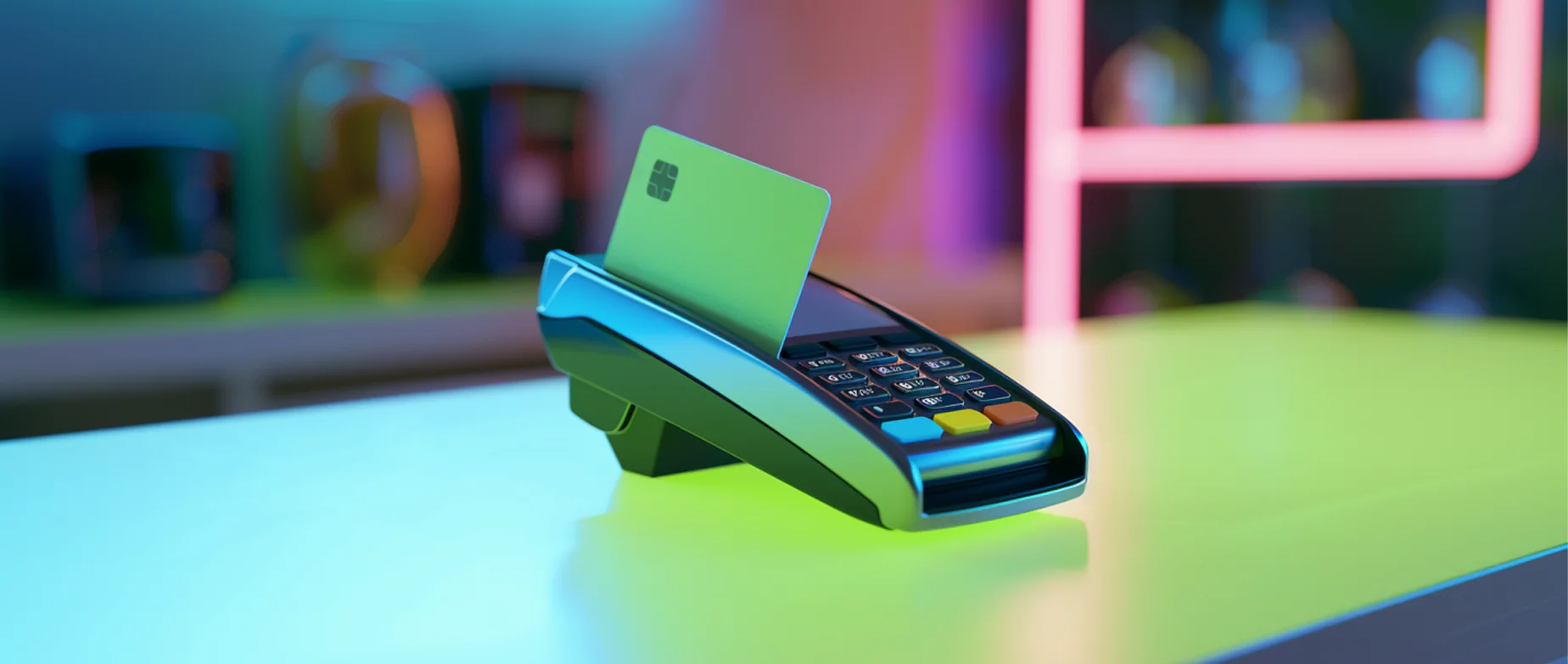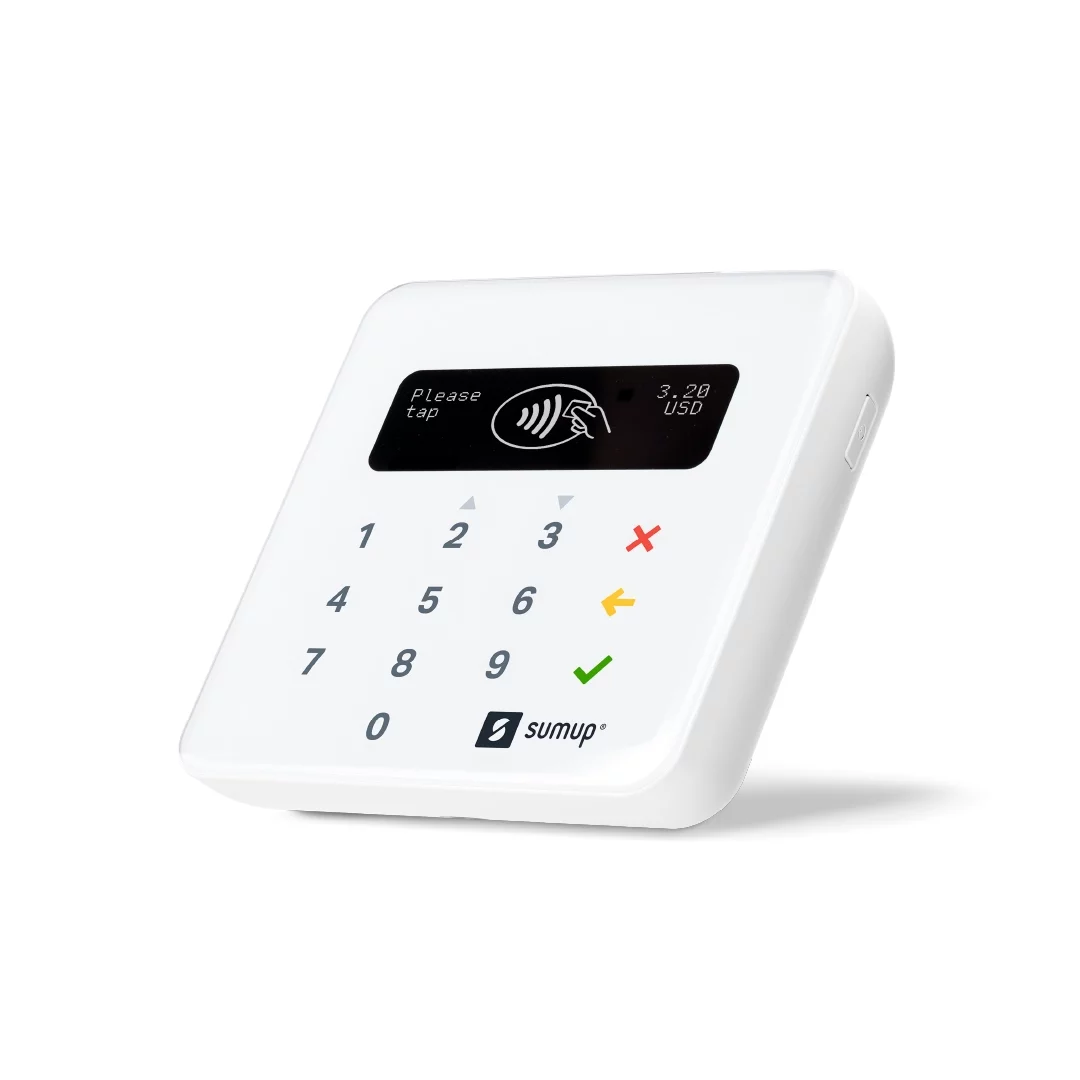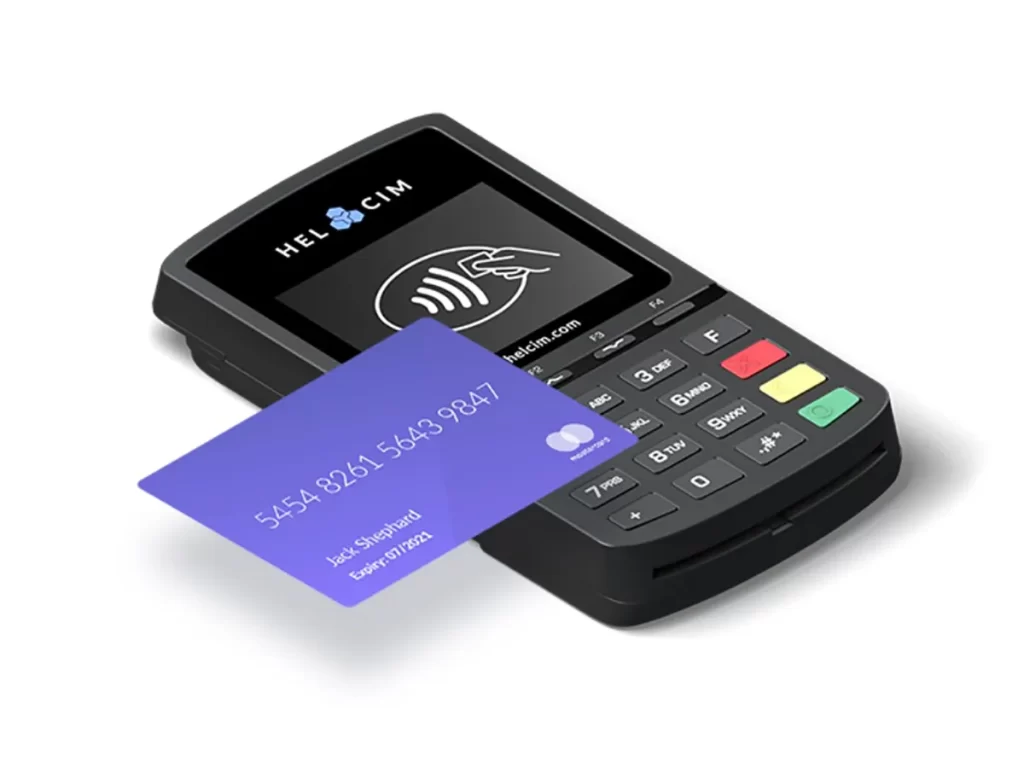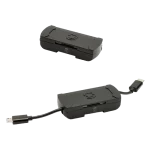In today’s fast-paced world, convenience reigns supreme. We expect to be able to pay for anything, anywhere, with minimal hassle. Enter the card payment reader, the unsung hero of commerce that facilitates these seamless transactions. But what exactly is a card payment reader, and how has it revolutionized the way we pay?
From Swipe to Chip: A Brief History of Card Readers
The journey of the card reader began in the mid-20th century with the invention of the credit card. Initially, merchants used manual imprinters, which physically embossed the card details onto a paper slip. This cumbersome process was replaced by the magnetic stripe reader in the 1960s. Swiping the card transmitted the data encoded on the magnetic stripe, streamlining the transaction process.
However, magnetic stripe technology wasn’t foolproof. The data was easily copied, making cards vulnerable to fraud. This paved the way for the introduction of EMV chip cards in the late 1990s. These cards contain an embedded microchip that generates a unique code for each transaction, significantly enhancing security. Consequently, card readers evolved to accommodate chip technology, with a slot for inserting the card instead of a swipe mechanism.

Beyond the Basics: The Expanding Functionality of Card Readers
Modern card readers go far beyond simply processing credit and debit card payments. Many now offer contactless payment options, allowing customers to tap their cards or mobile wallets on the reader for an even faster checkout experience. Additionally, some card readers integrate with point-of-sale (POS) systems, providing businesses with features like inventory management, customer loyalty programs, and real-time sales data.

The Rise of Mobile Card Readers: Empowering Businesses of All Sizes
The advent of mobile card readers has been a game-changer for small businesses and entrepreneurs. These compact devices connect to smartphones or tablets, enabling merchants to accept card payments on the go. This flexibility empowers businesses to operate at markets, festivals, or even make house calls, significantly expanding their reach.

Security Concerns: Keeping Transactions Safe
Security remains a paramount concern in the digital age. Card readers employ various measures to protect sensitive financial information. Encryption scrambles data during transmission, making it unreadable by unauthorized parties. Additionally, card reader providers adhere to strict security protocols to minimize the risk of breaches. Businesses also play a crucial role in safeguarding customer data by implementing secure practices and staying updated on the latest security threats.
The Future of Card Readers: What Lies Ahead?
The future of card readers is brimming with exciting possibilities. Biometric authentication using fingerprints or facial recognition could become the norm, offering an even more secure and convenient payment experience. Furthermore, the integration of artificial intelligence (AI) could enable card readers to personalize transactions, recommending loyalty programs or targeted promotions to customers.

The Benefits for Businesses and Consumers
Card reader technology offers a plethora of benefits for both businesses and consumers. Businesses experience faster transaction processing, reduced costs associated with cash handling, and valuable data insights through POS integration. Customers, on the other hand, enjoy a quicker and more secure checkout process, with the convenience of using various payment methods.
Explore how card payment readers simplify financial record-keeping
Cash may be king for Enduring some, but for record-keeping, card payment readers are the undisputed champions. Let’s see how they streamline your financial life:
Automatic Transaction Recording:
- Gone are the days of scribbling sales totals in a notebook. Card readers automatically record every transaction, including date, time, amount, and often even the itemized breakdown.
- This data is typically stored electronically, allowing for easy access and filtering for reports and analysis.
Reduced Manual Data Entry:
- No more manually entering transactions into spreadsheets or accounting software. Reader data can be automatically synced, eliminating errors and saving you hours.
- This frees up your time for more strategic tasks, like analyzing sales trends or forecasting future earnings.
Simplified Reconciliation:
- Bank statements can be a headache to reconcile with handwritten records. Card reader data provides a clear and accurate record of all your transactions, making reconciliation a breeze.
- Simply match the totals in your accounting software to your bank statement for a perfect match.
Improved Accuracy:
- Manual data entry is prone to errors, which can throw off your entire financial picture. Card readers eliminate this risk, ensuring accurate and reliable financial records.
- This is crucial for tax filing, budgeting, and making informed business decisions.
Categorization and Reporting:
- Many card readers allow for transaction categorization (e.g., groceries, rent, utilities). This data can be automatically imported into your accounting software for easy expense tracking and reporting.
- Generate detailed reports on sales trends, spending habits, and profitability with just a few clicks.
Additional Benefits:
- Improved Cash Flow Management: Real-time access to transaction data allows you to monitor cash flow and make informed financial decisions.
- Fraud Detection: Readers can help identify suspicious activity, protecting your business from fraudulent transactions.
Choosing the Right Reader:
- Look for features like automatic data syncing and categorization capabilities for optimal record-keeping benefits.
- Ensure compatibility with your accounting software for seamless integration.
By embracing card payment readers, you can say goodbye to tedious record-keeping and hello to accurate, efficient, and insightful financial management.

Highlight the compatibility of card payment readers with various business systems
While processing payments is their core function, modern card payment readers can be powerful tools for businesses thanks to their compatibility with various business systems. Here’s how:
Loyalty Programs:
- Seamless Integration: Many card readers integrate directly with loyalty program software. This allows for automatic point accrual and redemption during checkout, enhancing the customer experience.
- Data Collection: Readers can capture customer information during transactions, feeding data into loyalty programs for targeted promotions and personalized offers.
CRM Software (Customer Relationship Management):
- Customer Identification: Readers can identify customers through loyalty cards or contactless payments, allowing businesses to personalize interactions and track purchase history within their CRM.
- Streamlined Data Entry: Transaction data automatically populates CRM software, saving time and reducing manual entry errors.
Other Business Systems:
- Inventory Management: Some readers can connect to inventory systems, allowing for real-time stock updates with each sale.
- Accounting Software: Transactions can be automatically synced with accounting software, simplifying bookkeeping and reconciliation.
Benefits of Compatibility:
- Increased Efficiency: Streamlined data flow between systems saves time and effort.
- Improved Customer Experience: Integration with loyalty programs and personalized interactions enhance customer satisfaction.
- Data-Driven Decisions: Consolidated data provides valuable insights for informed business decisions.
Choosing a Compatible Reader:
- Business Needs: Identify the business systems you use (loyalty programs, CRM, etc.) to ensure compatibility.
- Reader Features: Research features like API integration or loyalty program partnerships.
- POS System Integration: If you use a Point-of-Sale system, ensure the reader integrates seamlessly.
By prioritizing compatibility, card payment readers become a central hub for your business ecosystem, boosting efficiency and providing valuable customer insights.
Conclusion: A Vital Cog in the Financial Ecosystem
In conclusion, the card payment reader has become an indispensable tool in our modern financial ecosystem. Its evolution reflects our ever-growing need for speed, security, and convenience in conducting transactions. As technology continues to advance, we can expect even more innovative features and functionalities to emerge, further revolutionizing the way we pay. So, the next time you tap your card or insert it into a reader, take a moment to appreciate this unassuming device that plays a vital role in our everyday lives.


